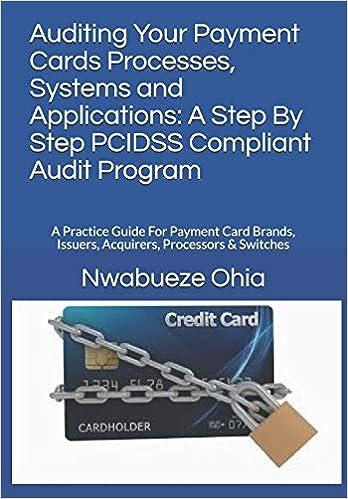Frito Company's standard and actual costs per unit for the most recent period, during which 600 units were actually produced, are given below: Actual Cost Static Budget (700 units) $2,730.00 $2,760.00 LO $37,240.00 1 Materials: Standard: $1.30 per m. Actual: $1.15 per m. Direct labour: Standard: $14.00 per hr. Actual: $15.00 per hr. Variable overhead: Standard: $2.25 per hr. Actual: $2.50 per hr. Total unit cost 12 $36,000.00 113 $5,985.00 14 15 16 17 $6,000.00 $44,760.00 $45,955.00 18 19 There was no inventory of materials at the beginning or end of the period. 20 21 Required: 22 23 24 25 a) What are Frito's standard and budgeted number of metres per unit? (1 mark) b) What is Frito's flexible budget materials variance? (4 marks) c) Is the relationship between the component materials variances (price & efficiency) consistent with your expectations? Suggest two potential causes of the relationship between the two variances. You will not receive full marks for discussing the variances in isolation (3 marks) d) What is Frito's direct labour efficiency variance? (2 marks) e) What is Frito's direct labour rate variance? (2 marks) 26 27 28 29 Required: a) What are Frito's standard and budgeted number of metres per unit? (1 mark) b) What is Frito's flexible budget materials variance? (4 marks) c) Is the relationship between the component materials variances (price & efficiency) consistent with your expectations? Suggest two potential causes of the relationship between the two variances. You will not receive full marks for discussing the variances in isolation (3 marks) d) What is Frito's direct labour efficiency variance? (2 marks) e) What is Frito's direct labour rate variance? (2 marks) f) Using the labour rate variance calculated in part e, offer one potential cause for the labour efficiency variance you calculated in part d. (1 mark) g) What is Frito's variable overhead spending variance? (2 marks) h) What is Frito's variable overhead efficiency variance? (2 marks) i) "When the cost driver is direct labour, the variable overhead efficiency variance and the direct labour efficiency variance will always have the same impact on net income (Favourable or Unfavourable)." Do you agree with this statement? Explain why or why not. (2 marks)








